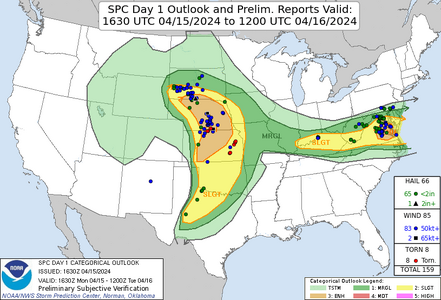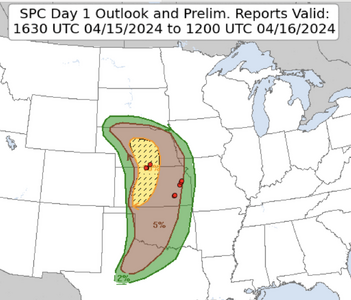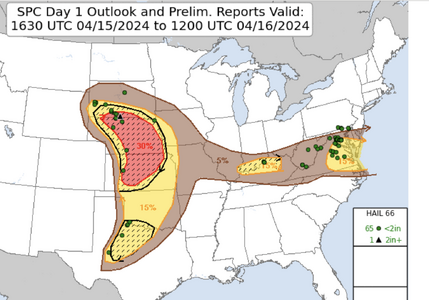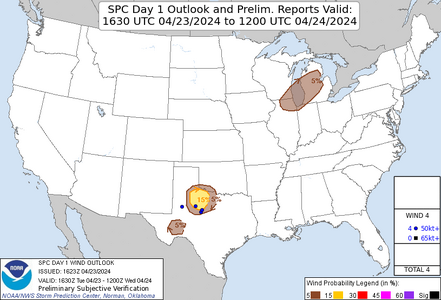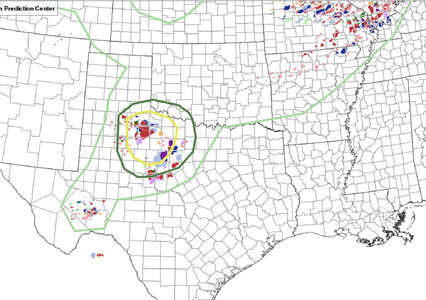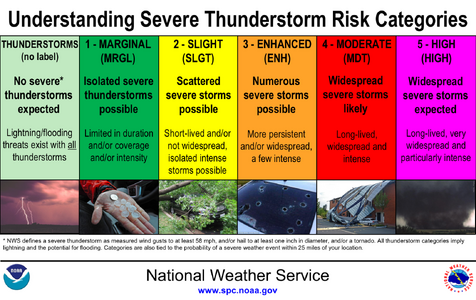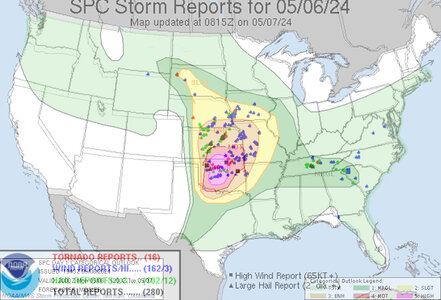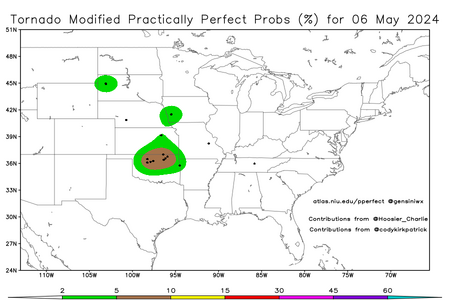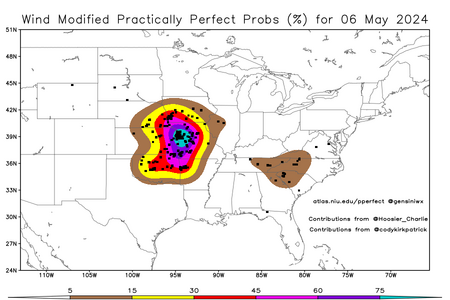JamesCaruso
Staff member
For sure I would still chase if the batting average went up to 1.000. I would chase more. Busts are a serious drain on resources, which I did not appreciate until the economy began to go south in 2021-2022. In 2021 the idea of a two-day panhandle chase with an overnight stay was, while non-trivial, definitely doable. Not so much in 2022...and afterwards. Lots more same-day "there and back again" excursions. That's why I spend so much time trying to figure out on which days to chase, and when things go wrong, why they went wrong. To optimize the consumption of resources.
Interesting. We probably have very different views on that. For sure I sometimes find myself frustrated and wondering if chasing is worth the time and money. But ultimately I have come to appreciate that the failures and “.300 average” are what make the successes so very satisfying. And I just enjoy the process. I suspect you do, also, more than you are letting on. To go as deep as you go in trying to learn, you’d have to find intrinsic satisfaction in it. Bottom line is you are still finding obvious enjoyment in the challenge of improving, and if it were made easier (guaranteeing the 1.000 average) all that would go away. Interesting topic in its own right, probably better for a DM conversation as I didn’t mean to take us OT from the original 2024 forecast accuracy thread!


